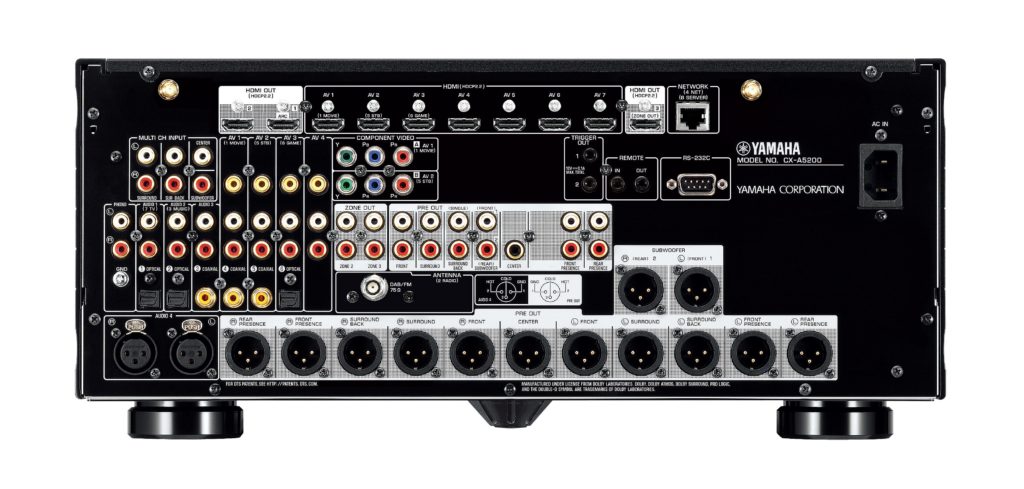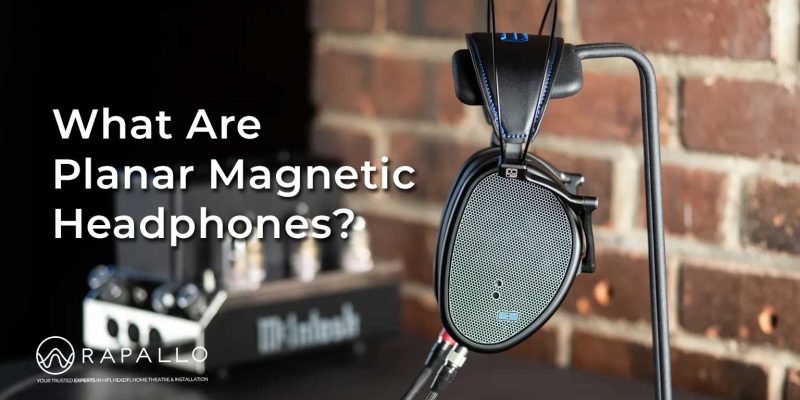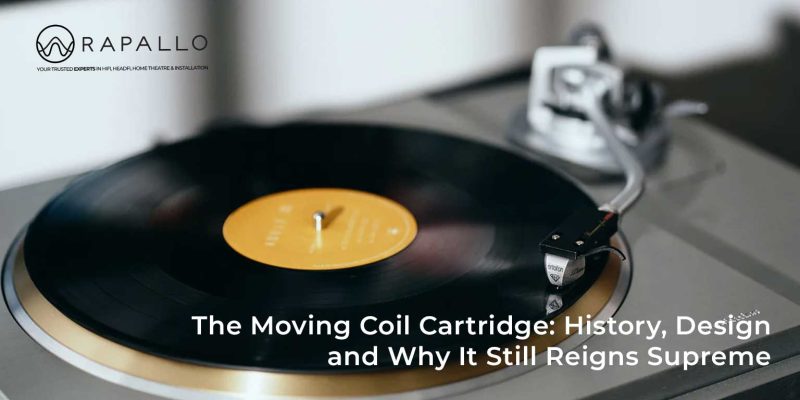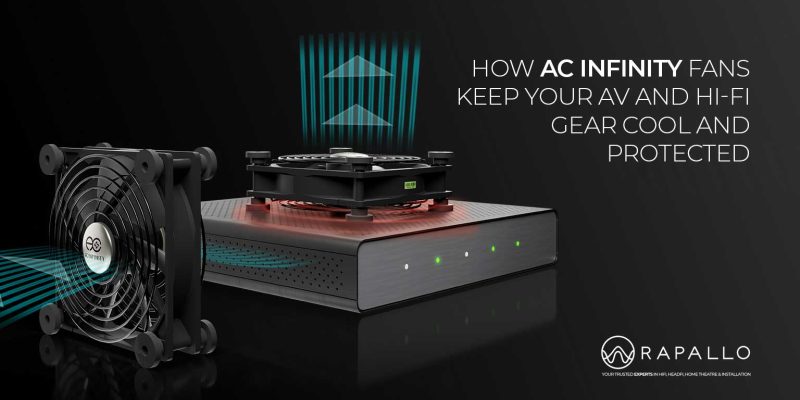
Power Amp, Integrated Amp, Preamp, Receiver: What’s the difference?
Estimated reading time: 4 minutes
Power Amp, Integrated Amp, Preamp, Receiver: What’s the difference? There is a lot of different terminology when it comes to Home Audio Amplifiers. It can be confusing how many different types of amplifiers there are.
We want to make it as simple as possible to understand the terms and product types. In our Amplifier glossary blog we go into a deep explanation on amp-lingo like D/C, Voltage, and Impedance. I. This blog will help define the different Amplifier categories. The simplest way to look at this type of product is in 3 categories: Power Amplifier, Preamplifier and Integrated Amplifier. Other products are just variations for the 3 categories mentioned. We will go into the definition of these main categories plus the different sub categories like AV processors, and Receivers. We will list 2 examples of a product that falls under each of the categories.

Yamaha CX-A5200 AV Preamplifier (left), Yamaha MX-A5200 11-Channel Power Amplifier (right)
Power Amplifier:
A power amp is an amplifier in its purest form. It amplifies low-power audio signals to a level suitable for driving loudspeakers; that’s it. As a result, they can’t operate on their own and will require pre-amplification and volume control of some sort.
Preamplifier:
A Preamp takes a low level input signal and prepares it for amplification. A pre-amplifier usually contains not only amplification circuits but also filters used for tone control (bass, treble, mid-range) and equalisation circuits. They are quite complex multi-taskers. The main role of any pre-amplifier is to boost the signal level to the point where it can be fed to the power amplifier.
Integrated Amplifier:
An integrated amplifier contains a pre-amplifier and power amplifier in one unit, as opposed to separating the two. Most modern integrated amps and have several inputs for devices such as CD players, DVD players, and the likes. Some have Tuners, Analog and digital inputs.
The definitions above are the main types of amplifiers in HiFi/ Home Audio. Most other amplifier type components are variations of the above categories.
Receiver:
A Stereo Receiver is simply an Integrated Stereo Amplifier (2 channel) that has a radio tuner built inside, which makes FM radio an audio source. An AV Receiver (AV meaning Audio Video, also called AVR, or just receiver) is an all-in-one solution for the ‘home theatre’. A receiver is a power amplifier, a pre-amplifier (basically a multi-channel integrated amp) and a radio tuner all built into one unit, but it also allows you to route image through the receiver as well. Most modern AVR’s use HDMI as the video input. These days AV receivers service multiple ‘zones’ and come with a whole range of features and extra’s. A lot of people call an AVR a Receiver, which can become confusing. It’s really interesting as the whole meaning of the word Receiver is defined generally by having a built-in Tuner.
AV Processor:
An AV Processor (also called AV Preamplifier) is basically a Preamplifier for Home theatre. They usually feed into a multi-channel power amplifier, or multiple stereo amps (or even monoblocks!). An AV Processor usually has HDMI inputs as the video inputs and various digital and analog inputs for audio. The AV Processor then feeds out analog audio via RCA or XLR balanced audio outputs.
 Rear view of Yamaha CX-A5200 AV Preamplifer / AV Processor
Rear view of Yamaha CX-A5200 AV Preamplifer / AV Processor
Hopefully, this blog has cleared up some questions you have about home audio amplifiers. It can take a while to get you head around the different types. “When I am unsure of an amplifier I usually look at the connections on the rear of the product. It helps me understand if the product has speaker binding posts, or inputs and outputs.” Rapallo’s Ben
Adapted from “Rapallo’s amplifier glossary” by Mattie Belsack (September, 2016)
- Ground Cables and TurntablesGround Cables and Turntables, time to separate electrical fact from audiophile folklore – at least we will try. Among the…
- What Are Planar Magnetic Headphones?So what are Planar Magnetic Headphones? Here is our guide for curious HeadFi listeners. If you’ve spent any time browsing…
- Open-Back vs Closed-BackAh, headphones and Open-Back vs Closed-Back… Your loyal companions through late-night jam sessions, endless Zoom calls, and those “I’m totally…
- Our Guide to Buying a CD PlayerOur Guide to Buying a CD Player. What to look for in today’s market and why CD Players still matter.…
- The Moving Coil Cartridge: History, Design, and Why It Still Reigns SupremeVinyl playback is a ritual. From lifting the record out of its sleeve, to lowering the stylus onto the spinning…
- How AC Infinity Fans Keep Your AV and Hi-Fi Gear Cool and ProtectedHow AC Infinity Fans Keep Your AV and Hi-Fi Gear Cool. When you invest in a high-performance home theatre or…





